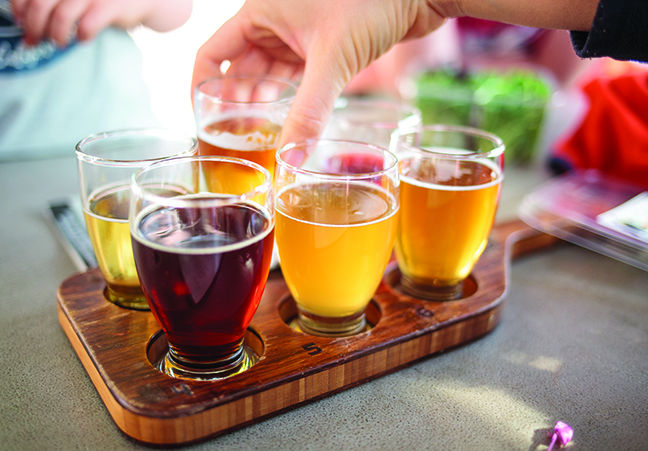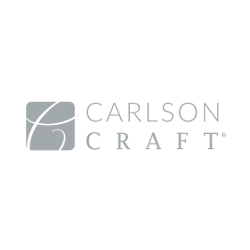Simas have niche market on making waterbed rails
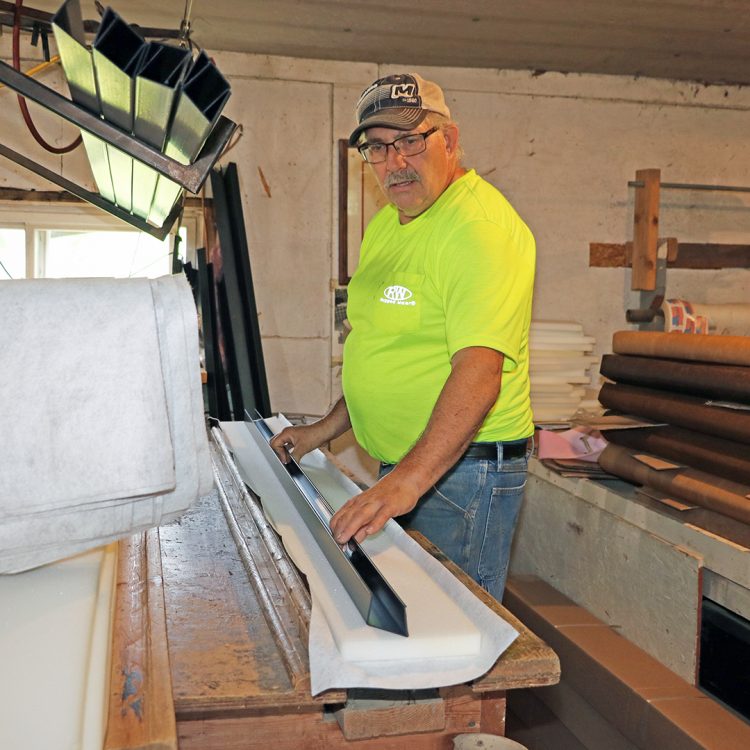

Greg Sima can turn out a waterbed rail in record time, using a specially-built table, with a channel in it to form the vinyl-covered and padded rail. The product is then hand-finished on the end. Photo by Ginna Young
By Ginna Young, Courier Sentinel
It’s a dying art, but one that is still needed and sought after by many clients. The art of fashioning waterbed rails.
Greg and Nancy Sima, rural Cadott, have been in business in a shop at their home, under Twin Lakes Products, since 1999, when the couple bought it from Alliance Plastics in Eagleton, which was known as Padded Caps of America.
Greg ran it before he bought it and thought it made sense, with him also doing upholstery. Orders piled in right from the get-go.
“People who are diehard waterbed rail sleepers have to get replacements,” said Nancy.
The rails are made by Greg cutting a length of vinyl or cloth (vinyl is usually preferred), and laying a length of foam padding on top of that. By using a “channel,” which is built into a table, the flexible PVC rail is laid in and hot glued down. However, the end must be finished by hand.
From start to finish, it takes Greg roughly 30 minutes, although he does multiple cuttings at a time, so it’s hard to judge how long it actually takes.
“It’s a process,” said Nancy.
Once they get enough to make it worthwhile to ship, Greg and Nancy send out their order. Because they’ve kept their overhead low and don’t need a big, fancy shop, the Simas have created a successful business.
Greg does all the cutting and gluing, Nancy does the bookwork and they have two part-time employees. While they run like a well-oiled team, in the beginning, Nancy felt overwhelmed, as she didn’t realize what the financial side would look like for her – taxes and invoices.
In those days, Nancy jokingly says all she heard was, “Oh by the way, I forgot to tell ya.”
“It wasn’t easy those first months,” agreed Greg.
Especially since Greg is a full-time pastor and Nancy was a full-time speech language educator at Lake Holcombe School (until her retirement this year), while they raised their son and daughter.
“It used to be, when it first started, a million dollar business,” said Greg. “But it ain’t like that no more.”
They now ship to one major company, Innomax Corporation, in Colorado.
“We send out like a pallet at a time for them,” said Greg, adding that they ship to only a few mom & pop companies now. “We used to have 50 mom & pop stores, but they’ve all gone out of business.”
Thankfully, the couple also has a birch bark crafting part of the business that they took over from Paul Ziegler, making decorative canoes and garbage cans, for towels or flowers.
“I think this is one of the best sellers, the canoe,” said Greg.
The two search the woods for the bark, then cut wood bottoms to fit, box them up and ship them out.
“Most of that stuff goes to New York,” said Nancy. “We do it together, this is our baby.”
They can even boast that one of their canoes is at the Sagamore Resort, where all the presidents used to spend their summers. The Simas were asked for a custom-made size to fit in the bathroom there to hold soaps and other toiletries.
Perhaps the most exciting orders, came from Robert Redford’s Coldwater Creek catalogue, where hundreds of the creations were made for the movie star’s business.
“That was impressive,” said Nancy.
Birch bark is relatively easy to find, but the waterbed rail supplies, not so much. Because the products are all made of petroleum, they’re getting scarce. The vinyl comes from Mississippi, but it’s not available anymore, because the product comes from China, and the market is too high to make it worthwhile.
“We bought four rolls and when it’s gone, it’s gone,” said Nancy. “We’ll maybe find another supplier, but it won’t be them.”
At times, it’s hard to find the walnut color, which is the most popular, so they have to substitute colors. Glue has also gone up and foam comes from Eau Claire, but is ever increasing in cost.
“It’s becoming more of a challenge to find things,” said Nancy.
A historian of waterbed rails told the couple at one time, there were up to seven producers of what they do. There is now one other business who makes wooden rails, but the Simas continue to do plastic.
“Basically, we are the only business in the United States that does this,” said Nancy.
[caption id="attachment_146569" align="alignnone" width="300"]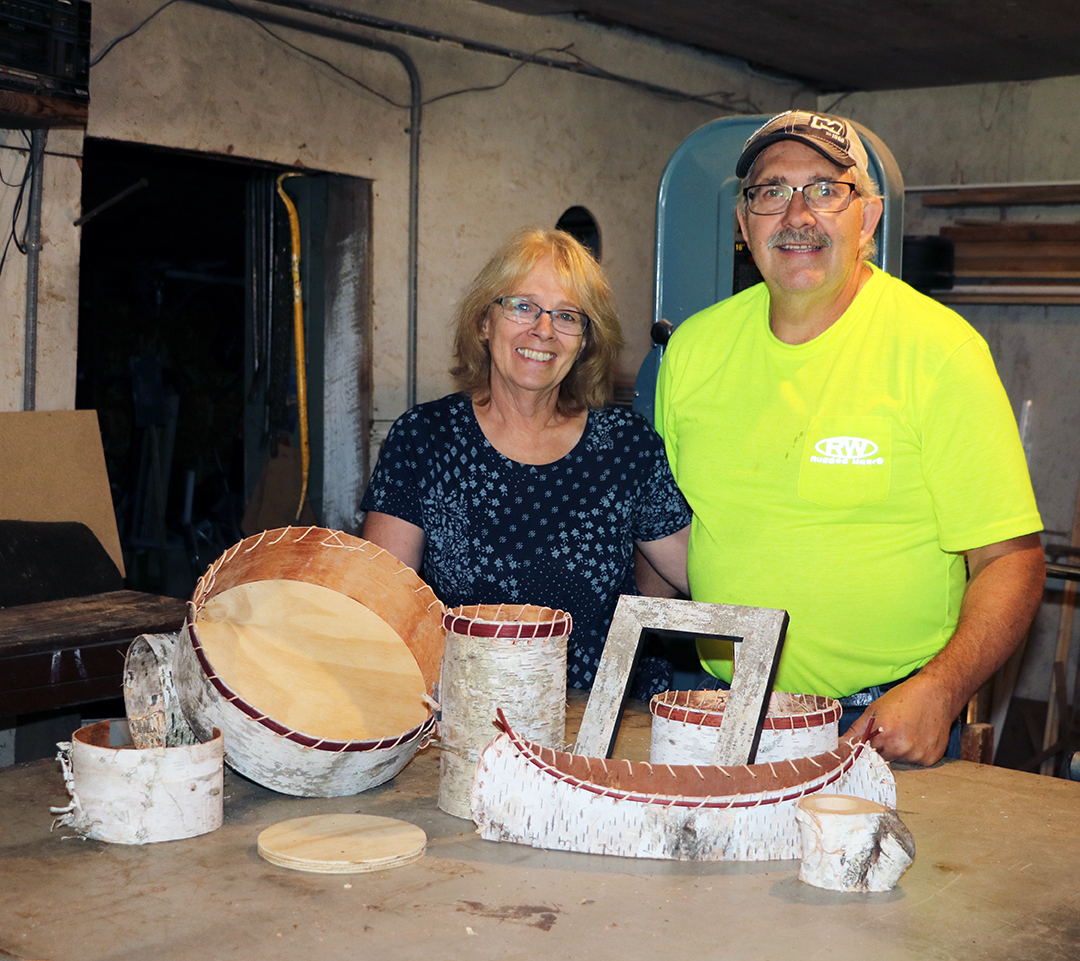 Nancy (left) and Greg Sima work together, not just on their waterbed rail business, but also to craft birch bark creations. Greg also keeps busy with upholstery work, while Nancy mans the books for the business. Photo by Ginna Young[/caption]
[caption id="attachment_146570" align="alignnone" width="300"]
Nancy (left) and Greg Sima work together, not just on their waterbed rail business, but also to craft birch bark creations. Greg also keeps busy with upholstery work, while Nancy mans the books for the business. Photo by Ginna Young[/caption]
[caption id="attachment_146570" align="alignnone" width="300"]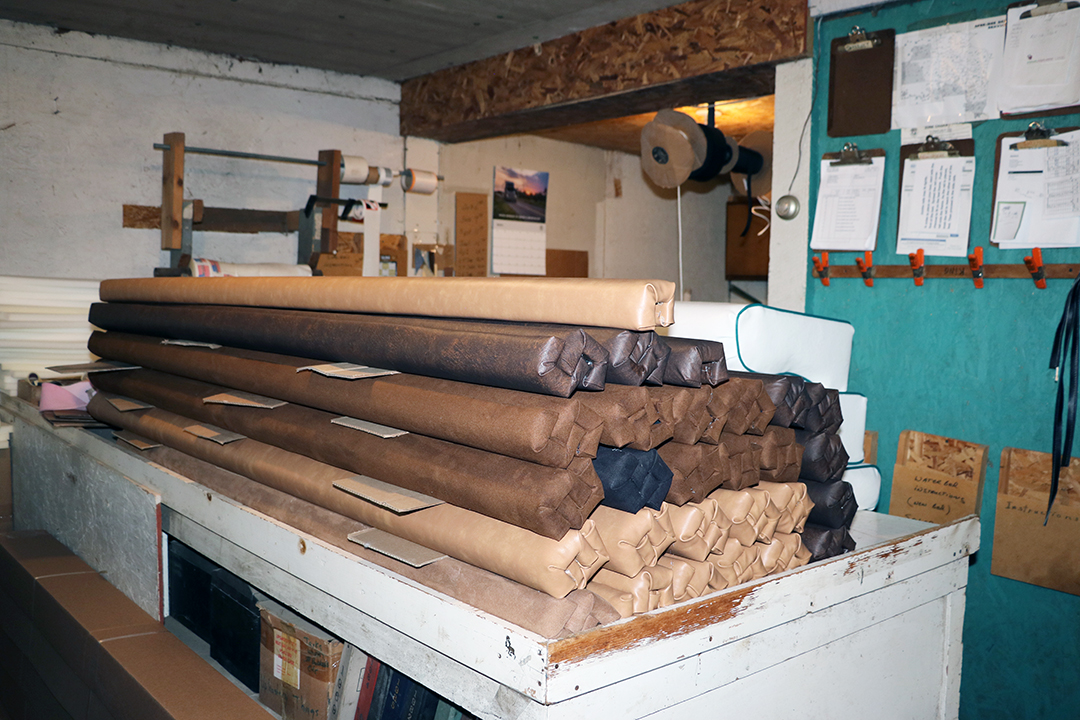 Once the vinyl or cloth-covered rails are completed, they’re stacked and ready for shipping. Most of the orders go to a large company in Colorado, but a few shipments still make their way to small businesses. Photo by Ginna Young[/caption]
Once the vinyl or cloth-covered rails are completed, they’re stacked and ready for shipping. Most of the orders go to a large company in Colorado, but a few shipments still make their way to small businesses. Photo by Ginna Young[/caption]